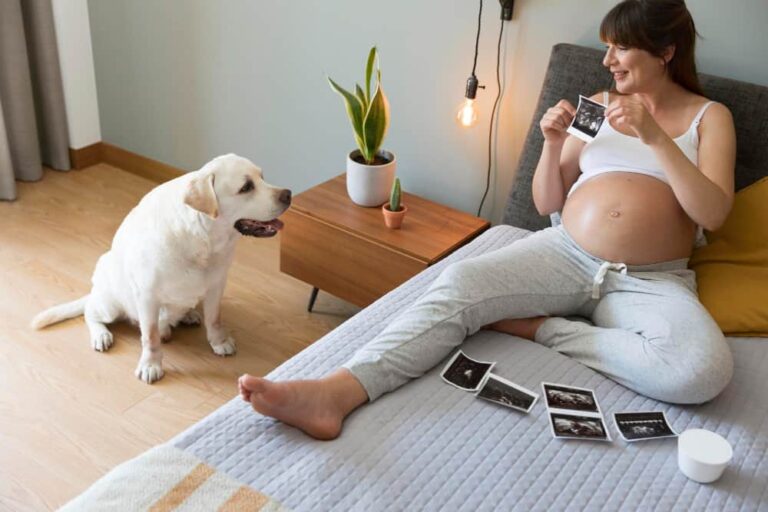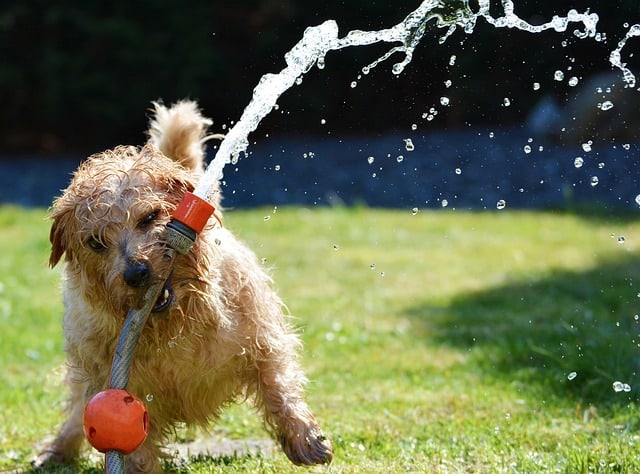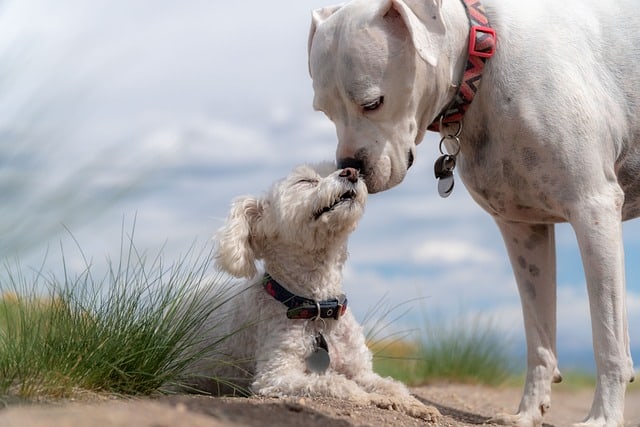Do Dogs Get Jealous of Cats? Proven Methods to Stop Jealous Behavior in Dogs and Cats
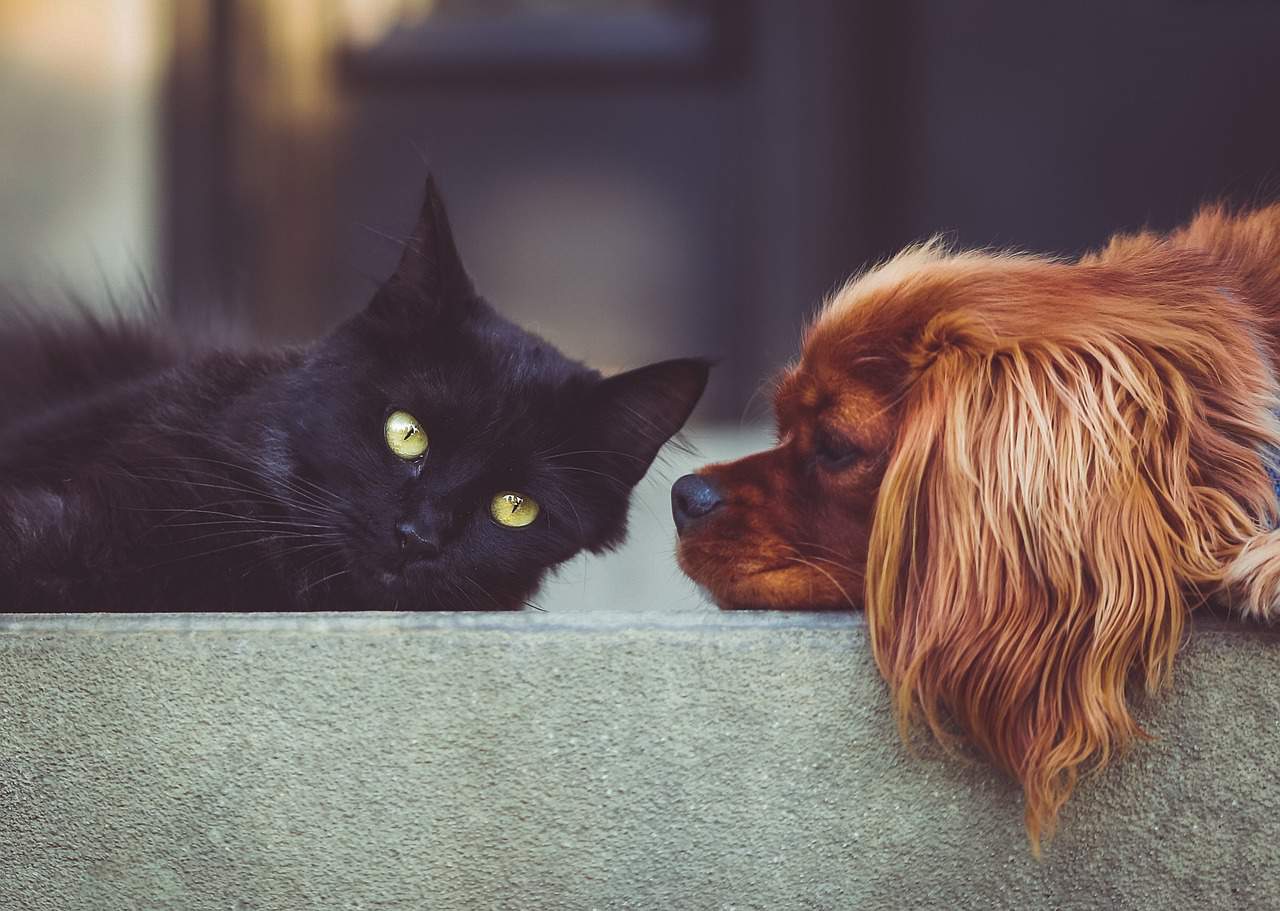
If you’re a pet owner with a dog and a cat, you may have wondered if your furry friends experience feelings of jealousy towards each other. Do dogs get jealous of cats?
This blog post will delve into the fascinating world of pet emotions. And explore whether dogs can indeed feel jealous of their feline companions.
Contents
- Do Dogs Get Jealous of Cats?
- Jealous Behavior in Dogs
- The Role of Cats
- How to stop jealousy between two pet
- Understanding Canine Jealousy vs. Reacting to Cats
- Case Studies
- Case Study 1: Bella and Whiskers
- Case Study 2: Max and Luna
- Conclusion
- FAQs
- Can Dogs Really Feel Jealousy?
- Is It Safe to Leave Dogs and Cats Alone?
- How Do I Know If My Dog and Cat Are Bonding?
Do Dogs Get Jealous of Cats?
Before we can explore whether dogs can feel jealous of cats. It’s important to understand the range of emotions that our canine companions are capable of experiencing. Dogs, like humans, have complex emotional lives. They can feel happiness, sadness, fear, excitement, and love. Their ability to form strong emotional bonds with humans and other animals is well documented.
Jealous Behavior in Dogs
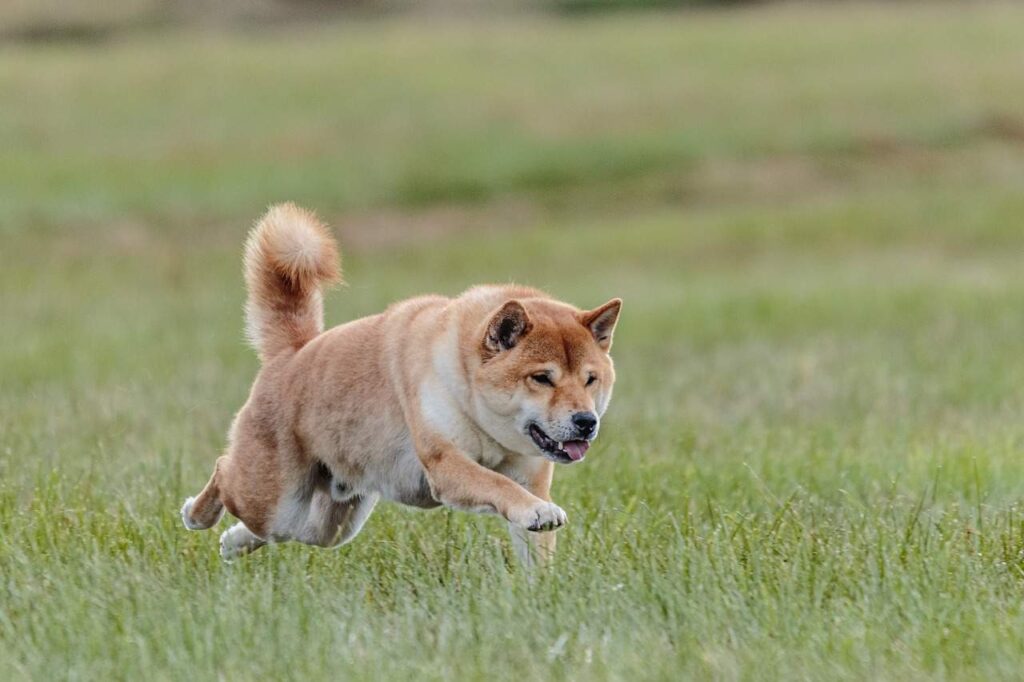
Now that we’ve established that dogs are capable of experiencing a wide range of emotions. Let’s turn our attention to jealousy. While it may be difficult to determine whether a dog feels jealousy. Some certain signs and behaviors can suggest a dog is experiencing this emotion.
One common sign is attention-seeking behavior. If your dog starts demanding more attention when you show affection to your cat, it could be a sign of jealousy. They may nudge you, whine, or even try to insert themselves between you and the cat physically.
Another indicator of jealousy in dogs is possessiveness. It could be a sign of jealousy if your dog becomes territorial over their toys, food, or sleeping areas when the cat is nearby. They may growl, snap, or guard these resources more closely as if they fear the cat will intrude upon their possessions.
This possessive behavior, may indicate jealousy toward the cat. Stems from a desire to maintain dominance and control over their environment.
Also, to attention-seeking and possessiveness, changes in behavior can be a sign of jealousy in dogs.
For example, if your dog becomes more aggressive or exhibits destructive behaviors. When the cat is around, it could be a direct response to feelings of jealousy. These behavioral changes are often an attempt to gain your attention and divert it away from the cat.
The Role of Cats
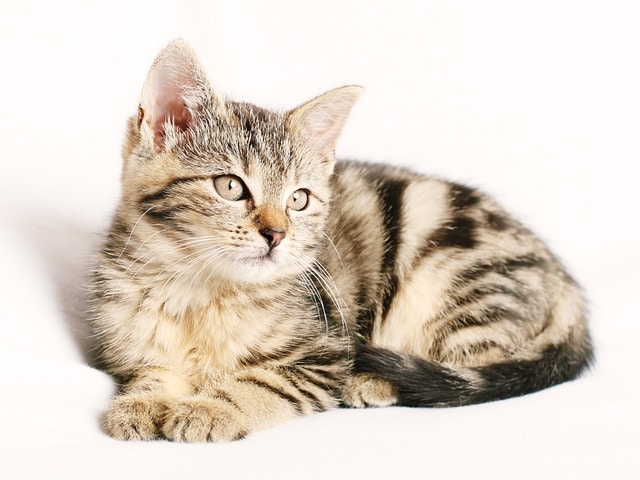
While we have primarily focused on the signs of jealousy in dogs, it is important to acknowledge cats’ role in this dynamic. Dogs and cats have long been depicted as natural enemies. But the truth is that their relationship can vary greatly from one household to another.
In some cases, cats may unknowingly contribute to a dog’s feelings of jealousy. For instance, if a cat monopolizes your attention or receives preferential treatment, it can trigger jealousy in your dog. This is not to say that cats try to provoke their canine companions; rather. It is a result of the dog perceiving that the cat is receiving more attention or resources.
Cats have unique behaviors that can exacerbate a dog’s jealousy. For example, cats are known for their independent nature and ability to roam freely. This freedom can make dogs feel restricted or left out, leading to feelings of jealousy. Additionally, cats may exhibit territorial behavior, such as marking their territory with urine or scratching furniture. These actions can further trigger a jealous response from dogs who feel their territory is being invaded.
Pet owners need to be aware of these dynamics and take steps to create a harmonious environment for both their dog and cat.
Dogs can sometimes act jealous around cats, but it’s more like they’re competing for attention. It’s not clear if cats feel jealous of dogs, but they may show signs of anxiety.

How to stop jealousy between two pet
Firstly, ensuring that each pet receives equal attention and affection can help reduce any feelings of jealousy. This means setting aside dedicated one-on-one time with each pet, engaging in play activities, and providing individualized care.
It is also crucial to establish clear boundaries and rules within the household. This includes teaching your dog basic obedience commands and providing them with a designated space where they feel secure.
Similarly, setting up vertical spaces such as cat trees or shelves for your cat can give them an outlet for their natural climbing instincts, reducing the likelihood of them encroaching on the dog’s territory and triggering jealousy.
Another important aspect of preventing jealousy in dogs is ensuring they have ample opportunities for socialization and interaction with other dogs. This can help them develop healthy relationships and prevent them from fixating on the cat as a potential rival.
In some cases, professional help may be required to address severe jealousy issues in dogs. A certified animal behaviorist or trainer can assess the situation and guide how to change the dog’s behavior through positive reinforcement techniques.
Understanding Canine Jealousy vs. Reacting to Cats
While it is natural for dogs to feel a sense of territoriality and protectiveness, their response to cats may not always be rooted in jealousy. Understanding the difference between canine jealousy and simply reacting to the presence of cats is important for pet owners.
Canine jealousy often arises when dogs perceive a threat to their resources or attention from another animal, such as a cat. This can manifest in various ways, such as growling, snapping, or aggression. Reacting to cats might stem from curiosity or a desire to chase without underlying jealousy.
To distinguish between the two, observing your dog’s behavior and body language is crucial. If your dog displays signs of tension or discomfort, such as stiffening their body, showing a raised or stiff tail, or barking excessively when the cat is around, it could indicate jealousy.
Additionally, pay attention to how your dog interacts with you and the cat. Jealous dogs may push between you and the cat, demand extra attention when the cat is present, or become possessive over toys or food in the cat’s presence. These behaviors can be indicators of jealousy rather than mere reactions to the cat’s presence.
When addressing jealousy issues in dogs, it is important to seek professional help. A certified animal behaviorist or trainer can assess the situation and guide how to modify the dog’s behavior through positive reinforcement techniques.
Understanding the difference between canine jealousy and reacting to cats is crucial. While dogs naturally feel territorial and protective, their response to cats may not always stem from jealousy.

Case Studies
To further understand the signs of jealousy in dogs, let’s look at a couple of case studies. These real-life scenarios shed light on the various ways in which dogs exhibit jealousy towards cats.
Case Study 1: Bella and Whiskers
Bella, an eight-year-old Boxer, has always been the center of attention in her household. But, when Whiskers, the new cat, arrived, Bella’s behavior took a turn for the worse. She would constantly try to push herself between her owner and Whiskers whenever they interacted. Bella became possessive of her toys and food, growling and snapping at Whiskers whenever he came near. These actions indicate Bella’s jealousy towards the cat.
Case Study 2: Max and Luna
Max, a five-year-old Labrador Retriever, enjoyed playing with his toys peacefully until Luna, a new kitten, joined the family. Suddenly, Max started exhibiting signs of jealousy. He would growl and bark whenever Luna approached his toys or tried to cuddle with their owner. Max’s behavior clearly showed his discomfort and possessiveness over his resources.
Conclusion

As Bella’s jealousy towards Whiskers became evident, her owner knew it was time to address this issue and find ways to mitigate her jealousy. In the case study of Max and Luna, similar signs of jealousy emerged when a new kitten joined the family. Bella and Max exhibited possessiveness over their resources, growling and snapping whenever the other pet came near.
To resolve this situation, training techniques can be implemented to help dogs cope with their feelings of jealousy. Positive reinforcement is key in redirecting their behavior towards more positive interactions. By rewarding Bella and Max for calm and tolerant behavior around Whiskers, they will learn to associate their coexistence with positive experiences.
Creating separate spaces for Bella and Max can also help alleviate jealousy. Providing each pet with its own designated areas where it can eat, sleep, and play without interference from the other can reduce territorial behavior and promote a sense of security.
Strengthening the dog-cat relationship is another important aspect to address. Gradual introductions, supervised interactions, and reward-based training can help foster a healthy bond between Bella, Max, and Whiskers. Encouraging positive associations through treats, praise, and toys can create a harmonious dynamic among them.
Also, to training techniques, owners need to understand and address the root causes of their dog’s jealousy. Jealousy can often stem from a lack of attention or resources. So, ensuring each pet receives equal love, affection, and individualized attention can help reduce jealousy-related behaviors.
Owners should also be mindful of their behavior towards their pets. Showing favoritism or comparing one pet to another can fuel feelings of jealousy. Instead, focusing on building a strong bond with each pet individually can help foster trust and security.
While Do Dogs Get Jealous of Cats, addressing jealousy may need time and effort. Owners must remain patient and consistent. By implementing these strategies and addressing the underlying causes of jealousy. Owners can help their pets coexist peacefully and create a harmonious household dynamic. Remember, extra love and attention can go a long way in alleviating jealousy in our furry friends.
FAQs
Can Dogs Really Feel Jealousy?
Yes, dogs can indeed feel jealousy. Jealousy in dogs is characterized by behaviors such as growling, barking, or snapping when attention is given to another pet or person. Dogs may also exhibit possessiveness over toys, food, or their owner’s affection. Owners need to recognize these signs and address them to ensure a happy and balanced household.
Is It Safe to Leave Dogs and Cats Alone?
It is generally safe to leave dogs and cats alone, provided certain precautions are taken. But, it is important to assess the individual personalities and behavior of your pets before making that decision.
If you have a dog who displays signs of jealousy or aggression towards the cat, it may not be safe to leave them alone unsupervised. In such cases, it is recommended to keep them separated when you cannot check their interactions.
So, suppose your dog and cat have a positive and friendly relationship, and there have been no previous instances of aggression or jealousy. In that case, they may be able to be left alone together for short periods. It is still important to create a safe and comfortable environment for both pets.
How Do I Know If My Dog and Cat Are Bonding?
One of the signs that your dog and cat are bonding is if they engage in playful behavior together. If you see them chasing each other, batting at each other, or engaging in other interactive games, this could indicate a positive bond.
Another sign is if they groom each other. Cats are known for grooming as a form of social bonding. So if your dog starts licking or nuzzling your cat affectionately, it’s a good sign that they are developing a bond.
Additionally, if you catch your dog and cat sleeping close to each other or cuddling up together, this is another sign that they are bonding. Dogs and cats typically seek companionship and comfort from those they trust. so if they choose to snuggle up together, it’s a clear sign of a growing bond.
Lastly, pay attention to their body language if your dog and cat approach each other with relaxed and friendly postures. Such as wagging tails or slow blinks from the cat, it suggests that they feel comfortable and safe in each other’s presence.
If you notice these signs of bonding between your dog and cat, it’s a positive indication that they are forming a healthy relationship.

